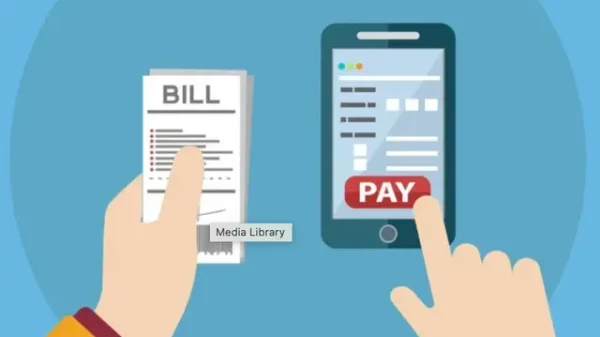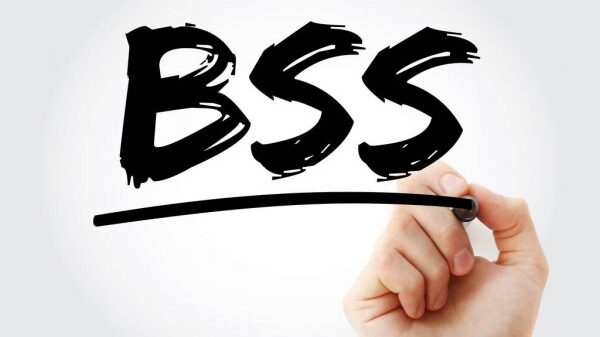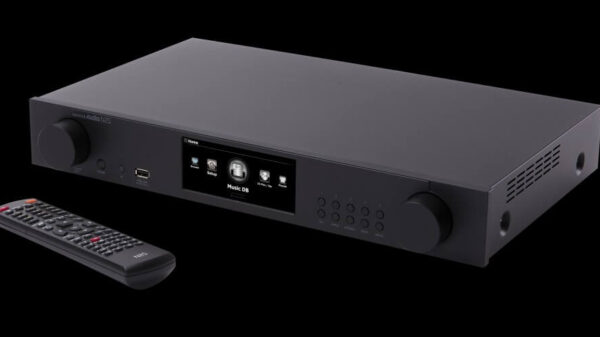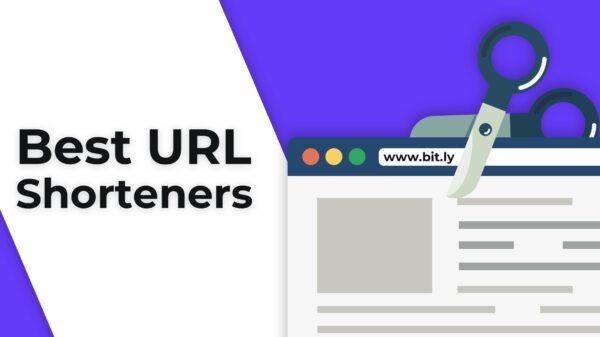Small businesses, especially those that are just starting, often struggle to secure the funding they need to grow and thrive. The Small Business Administration offers a solution through its Microloan program, which provides small businesses with access to financing that they might not be able to secure through traditional banking. This article will explore the basics of the SBA Microloan program, including what it is, how it works, and how small businesses can use it to their advantage
What Is an SBA Microloan?
The SBA Microloan program is a financing option for small businesses and certain non-profit organizations. The program provides loans of up to $50,000 to small businesses that might not qualify for traditional financing. The loans can be used for a wide range of business purposes, including equipment purchases and repairs, working capital, and inventory. The program also offers technical assistance to small businesses, which can include training and counseling on business management and financial matters.
Eligibility and Qualifications
Small businesses must meet certain requirements to be eligible for an SBA Microloan. These SBA Microloan requirements specify that the business must have been in operation for at least six months prior to applying, the owner must have a good credit history, and the owner be able to demonstrate that he or she has a viable business plan. Additionally, small businesses must also meet the SBA’s size standards, which vary by industry. It’s important for small business owners to research and understand these requirements and qualifications before applying to avoid any disappointment.
Selecting a Microloan Intermediary
The SBA Microloan program works through intermediaries, which are organizations that provide the loans to small businesses. These intermediaries are typically non-profit organizations or community-based organizations that have experience in lending and business counseling. Examples of intermediaries include community development financial institutions, women’s business centers, and veterans business outreach centers.
It’s important for small businesses to research and select a Microloan intermediary that has experience with the SBA Microloan program and has a good reputation. This is because intermediaries are responsible for underwriting and servicing the loans, and small businesses should ensure that the intermediary they choose has a track record of responsible lending and providing assistance to small businesses.
The intermediaries also provide business counseling and training to small businesses. This can include assistance with creating business plans, financial projections, and marketing strategies. The intermediaries can also provide information on available resources, such as government contracting opportunities, that can help small businesses grow and succeed.
Submitting the Application
Once a small business has ensured they meet the eligibility and qualifications, they can submit the application to the selected Microloan intermediary. The intermediary will then review the application and make a decision. The application process can take weeks, so small businesses should plan accordingly. It’s essential to provide all the necessary documents and make sure the application is complete to avoid any delays in the process.
Repayment and Maintenance
Once a Microloan has been approved, the intermediary will disburse the funds to the small business. The business is then responsible for repaying the loan, along with any interest and fees, according to the terms of the loan agreement.
It’s essential for small businesses to keep track of their loan payments and ensure they are made on time to maintain a good credit history. Additionally, small businesses must also comply with the ongoing reporting requirements set by the SBA and intermediary to ensure the loan is being used for the intended purpose and the business is in compliance with the terms of the loan.
The SBA Microloan program is a valuable option for small businesses that are seeking to start or grow their operations. By understanding the basics of the SBA Microloan program and how to comply with the application process, small businesses can take advantage of this valuable financing option. It’s essential for small business owners to research and understand the program’s requirements, qualifications, and select a reputable intermediary and have all the necessary documents ready, to increase their chances of a successful application.




































